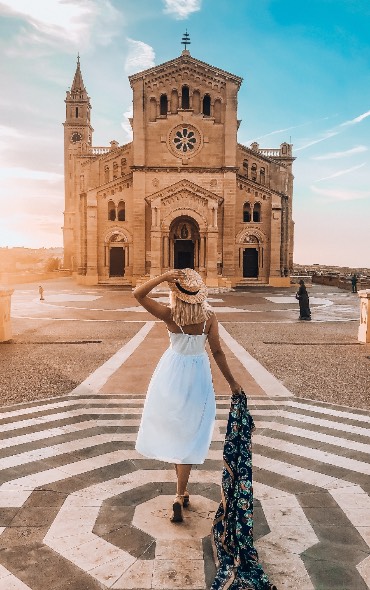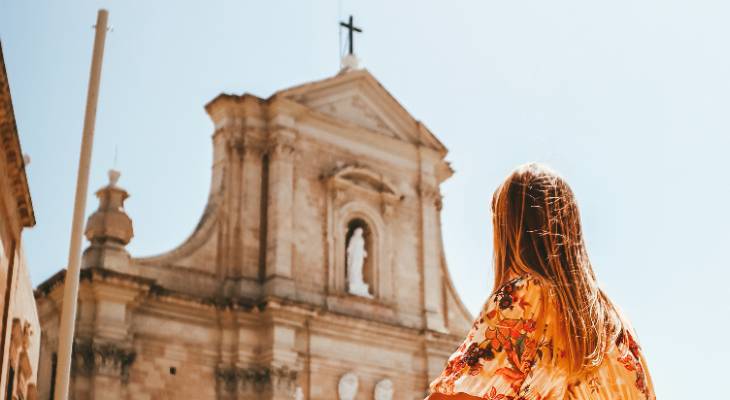A church for every day of the year! Malta, with its sacred charms, is a religious tourism gem
Malta holds a unique position in history as possibly the first Western country to convert to Christianity.

Taisia Vlasie
Globally, an astounding number of people travel for religious tourism purposes. In 2018 alone, this niche accounted for nearly 450 million international visitors. Among the multitude of destinations vying for attention, Malta stands as a hidden gem, rich in religious culture and poised to attract even more tourists. The Malta Tourism Authority's objective is clear: to provide visitors with a platform to explore and appreciate the country's rich religious and cultural heritage.
Malta holds a unique position in history as possibly the first Western country to convert to Christianity, thanks to the arrival of St. Paul, who was shipwrecked on the islands in AD 60. St. Paul's Grotto in Rabat, where he is believed to have stayed during his three-month sojourn in Malta and where many islanders came to him for miraculous cures, now draws thousands of tourists annually.
Religion is woven into the very fabric of Maltese culture, as is evident in the multitude of religious sites. With around 360 churches and chapels, including magnificent cathedrals and basilicas, it is no wonder that Malta is often described as having a church for every day of the year. These sacred sites are not mere relics, as religion is an integral element of the country's social, cultural, and historical fabric.

Visit Malta
Malta's ecclesiastical cultural heritage extends beyond its religious edifices to encompass countless priceless works of art including beautiful sculptures and paintings.
The Malta Tourism Authority is committed to enhancing the visitor experience by continually improving the quality of offerings on the Maltese Islands. In fact, projects have been initiated to diversify the range of places tourists can explore. Discussions with the Church are also underway to enrich museums adjacent to churches, such as the Aula Capitularis Museum in Birkirkara and the Naxxar Parish Church Museum. Additionally, restoration projects, including the restoration of prominent paintings statues, and niches, and the installation of lighting on church facades, are underway to preserve this invaluable heritage.

Shutterstock
The Malta Tourism Authority is also exploring innovative ways to promote the Maltese Islands digitally due to the emergence of digital tourism, including through virtual tours, allowing visitors to explore churches, museums, and religious sites online before their physical visit to the island. This forward-thinking approach ensures that Malta remains a beacon for religious and cultural enthusiasts, inviting them to immerse themselves in a world where history, faith, and tradition seamlessly intertwine.